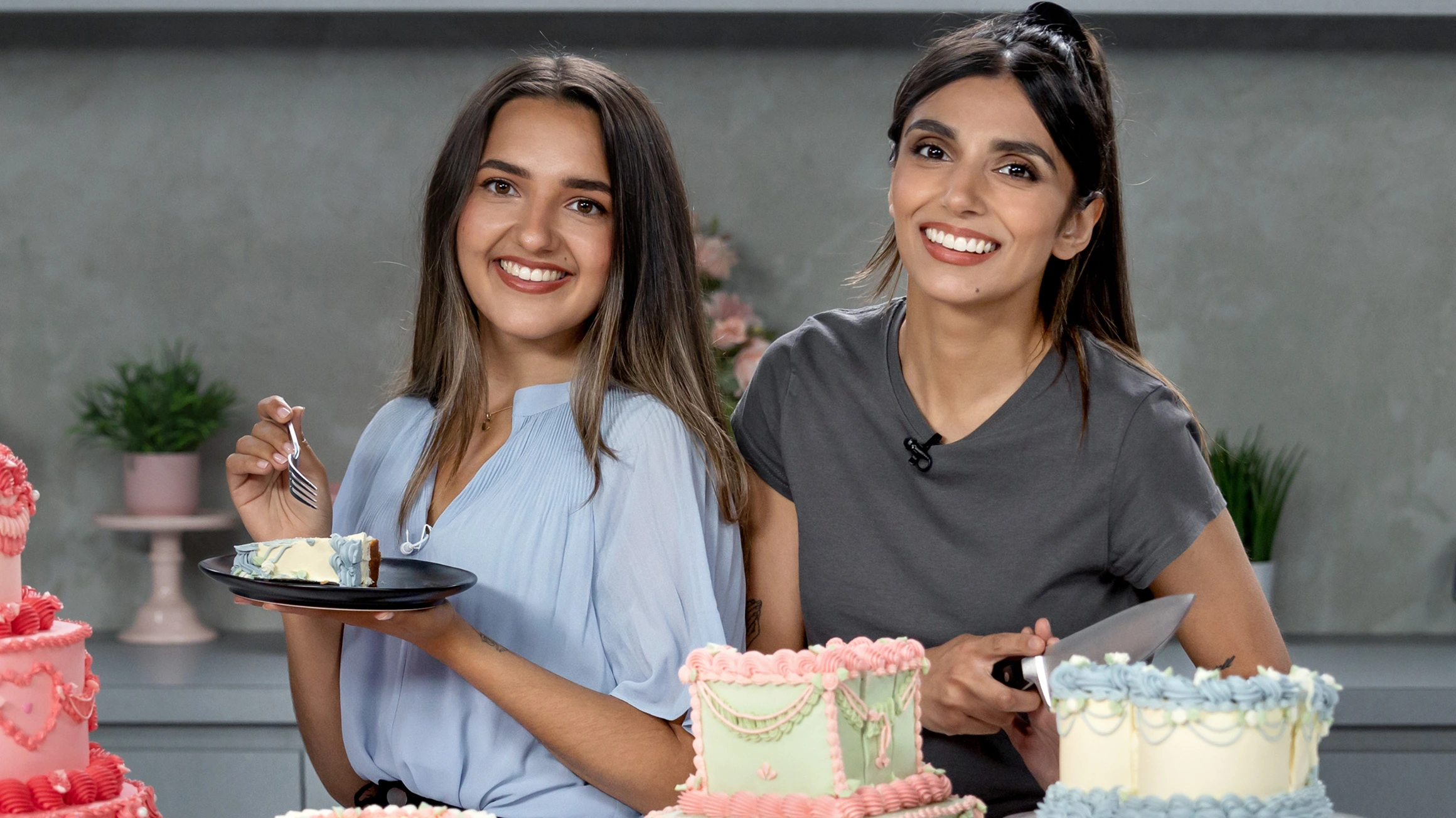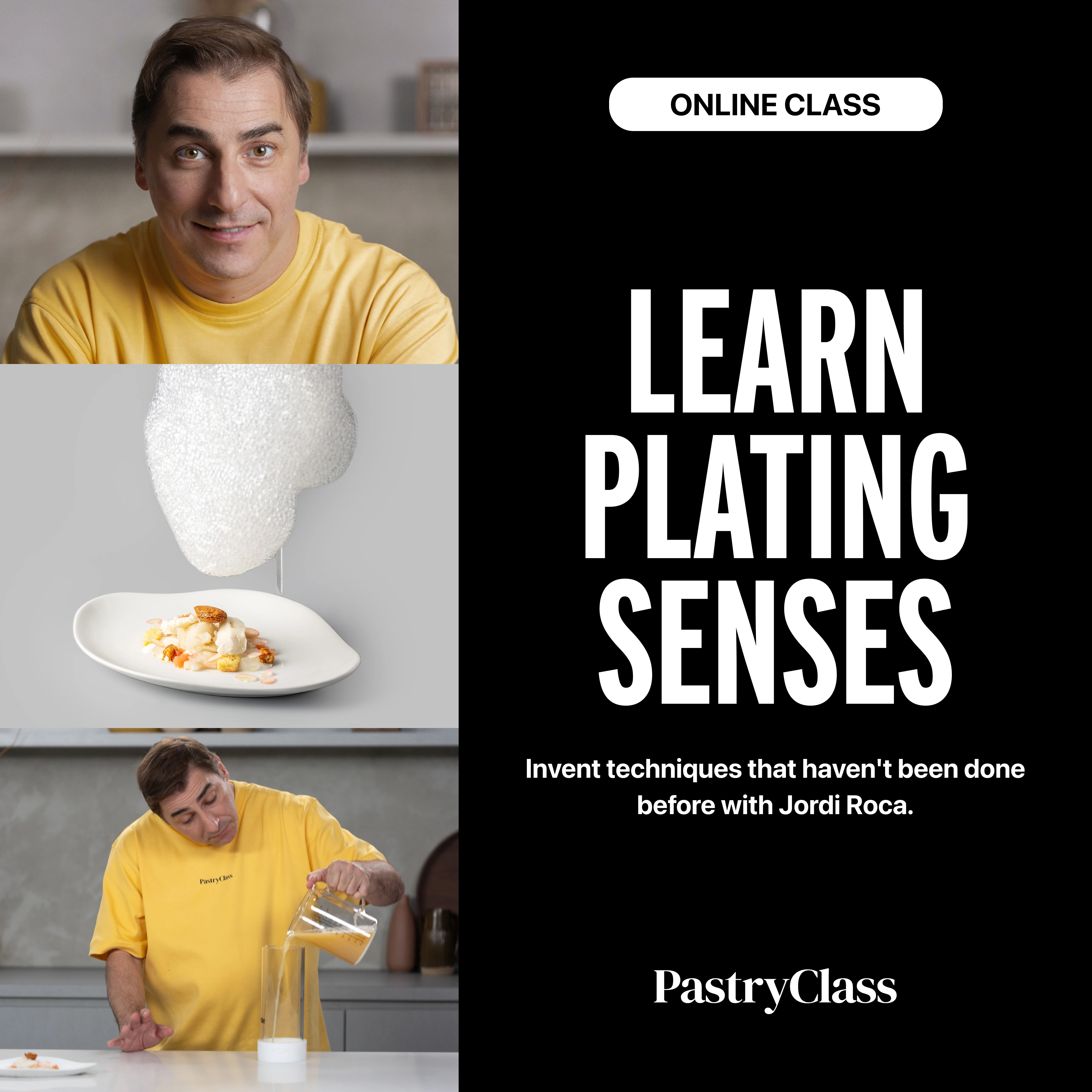What Is Vanilla?
Vanilla is a spice derived from the orchid of the same name. Most vanilla production occurs in the equatorial regions of Réunion, Tahiti, Madagascar, and Mexico, where the vanilla orchid thrives in a very specific climate. You can create a distinct vanilla taste with artificial or natural flavors. It’s easy to replicate the core compound—vanillin—but using real vanilla beans adds an unparalleled depth of flavor that is simply irreplaceable.
Vanilla Beans
Let’s start with the star of the show: the vanilla bean! This exquisite pod is the fruit of the vanilla orchid and is primarily cultivated in tropical regions. Each type of vanilla bean has its own unique flavor profile:
- Madagascar Vanilla: Known for its rich, creamy, and sweet flavor, this variety is the most popular and commonly used in baking. It’s a favorite for everything from ice cream to cakes.
- Tahitian Vanilla: With floral and fruity notes, Tahitian vanilla offers a delightful twist. It shines in lighter desserts like panna cotta or custards, where its subtle complexity can truly shine.
- Mexican Vanilla: Spicy and earthy, Mexican vanilla adds depth to traditional recipes and is perfect for enriching chocolate dishes or adding warmth to your baked goods.
Using Vanilla Beans: To harness the full flavor of a vanilla bean, simply slice it lengthwise and scrape out the tiny seeds. These seeds can be added directly to your recipe, while the pod can be simmered in liquids like cream or milk for an extra flavor boost.
Next up is vanilla extract, the go-to choice for many home bakers. Extracts are made by soaking vanilla beans in alcohol, which extracts the delightful flavors and aromas.
- Pure Vanilla Extract: Always opt for pure vanilla extract when possible. Made from real vanilla beans, it delivers a depth of flavor that synthetic alternatives simply can’t match. Look for labels that list only two ingredients: vanilla beans and alcohol.
- Imitation Vanilla Extract: Often made from synthetic vanillin, imitation vanilla can be a more affordable option but usually lacks the rich complexity of pure extract. While it may work in some recipes, true vanilla lovers will definitely notice the difference.
Alcohol Content: The alcohol not only preserves the extract but also helps dissolve the flavor compounds. Most vanilla extracts contain about 35% alcohol, which evaporates during baking, leaving behind the delicious flavor.
Vanilla Paste
Think of vanilla paste as the best of both worlds—it combines the intensity of extract with the delightful specks of vanilla seeds. Typically made from pure vanilla extract mixed with the seeds from the beans, it offers both flavor and visual appeal.
Using Vanilla Paste: Vanilla paste can be used in place of vanilla extract in your recipes. A little goes a long way, and it’s especially great for recipes where you want to showcase that beautiful speckled look, like in whipped cream or custards.
Exploring Vanilla Alternatives
While high-quality vanilla is irreplaceable, there are some alternatives you can try that lend unique flavors to your baking:
- Almond Extract: This extract provides a sweet, nutty flavor and is stronger than vanilla, so use it sparingly—about half the amount you would use for vanilla. It’s fantastic in cookies and cakes!
- Maple Syrup: Pure maple syrup brings a rich, earthy sweetness and can be a delightful substitute in recipes that call for vanilla, especially in breakfast dishes.
- Honey: With its unique floral notes, honey can add sweetness and moisture to baked goods. Just keep in mind that it will slightly alter the flavor profile.
- Coconut Extract: For a tropical twist, coconut extract can be a fun substitute for vanilla, adding a delightful flair to desserts like cakes and cookies.
Why Quality Matters
When it comes to vanilla, quality is key for several reasons:
- Flavor Impact: The difference in flavor between high-quality vanilla and synthetic alternatives is like night and day. Pure vanilla enhances sweetness and balances flavors in your dishes, resulting in a more enjoyable eating experience.
- Cost Efficiency: Although pure vanilla extract and beans may seem pricey, their concentrated flavor means you can use less. This makes them more cost-effective in the long run.
- Health Considerations: Pure vanilla is a natural product, whereas imitation extracts may contain artificial ingredients. Choosing pure vanilla is not only a tastier option but also a healthier one.
Quality vanilla is more than just a flavoring; it’s an essential ingredient that can elevate your baking to new heights. Whether you opt for the luxurious flavor of vanilla beans, the convenience of pure extracts, or even experiment with exciting alternatives, remember that the quality of your ingredients will make all the difference. So the next time you’re in the kitchen, choose your vanilla wisely and enjoy the delightful transformations it can bring to your culinary creations!
Pierre Hermé Teaches Iconic Pastries
Inventor of the Haute Patisserie concept, the founding chef of creating modern high-end French pastry that looks like art (pastry as we know it today!), and the owner of over 50 iconic boutiques worldwide, Pierre Hermé shares his pastry knowledge, including techniques, concepts and creation, for the first time! Learn with Pierre Hermé.
September 24, 2024 By PastryClass



























